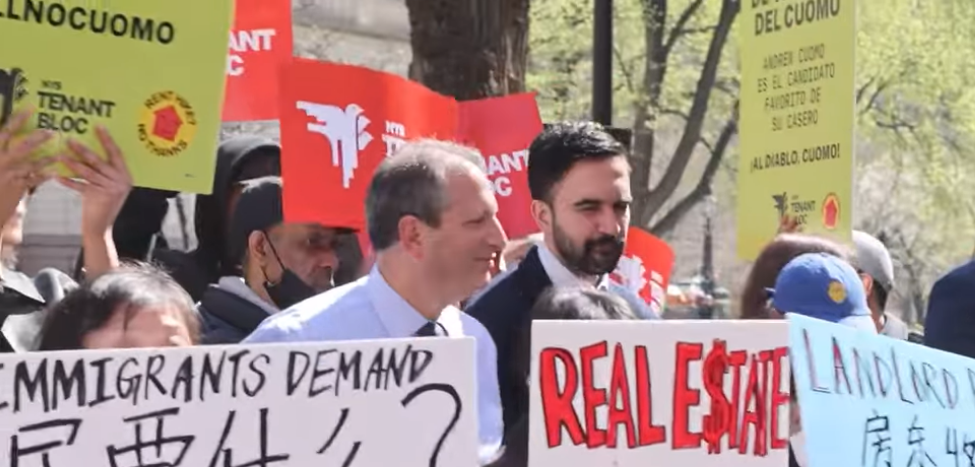Mayor De Blasio
[New York City Hall]
Hazardous Travel Advisory issued for Thursday, February 13, and Friday, February 14
Heavy, Wet Snow Expected; Rain, Freezing Rain And Sleet Forecast for Late Afternoon Thursday
With severe winter weather developing overnight, Mayor Bill de Blasio urged New Yorkers to exercise caution while outdoors, refrain from unnecessary travel, and use public transit on Thursday. The National Weather Service has forecast 4 to 7 inches of heavy, wet snow for the Thursday morning commute, with a total of 8 to 12 inches of snow likely to accumulate by Friday morning. The New York City Office of Emergency Management issued a Hazardous Travel Advisory earlier this evening.
“Because of its timing and intensity, this storm is going to make both the morning and evening rush hours extremely difficult. If you do not need to drive, you will help yourself and everyone else by staying off the roads. Take mass transit and leave extra time—it will be slow-going for everyone tomorrow,” said Mayor Bill de Blasio.
The city’s Emergency Operations Center will be activated at 10 p.m. tonight. A Snow Alert issued by the Department of Sanitation will go into effect beginning at 1 a.m. Thursday. New Yorkers can track the snow clearing operations in their neighborhood using PlowNYC, at nyc.gov/severeweather.
Alternate Side Parking Regulations will be suspended citywide on Thursday, Friday and Saturday to facilitate snow removal. Payment at parking meters will remain in effect throughout the city.
Mayor de Blasio urged New Yorkers to sign up for NotifyNYC alerts at NYC.gov/NotifyNYC for the latest news on services affected by the severe weather. New Yorkers can also receive information by calling 311.
Check for transit service advisories before your commute at MTA.info.
The Office of Emergency Management encourages New Yorkers to take the following precautions:
For Motorists
· If you must drive a vehicle, monitor weather and traffic reports for the latest road conditions. Use mass transportation whenever possible.
· Use major streets or highways for travel whenever possible as these roadways will be cleared first.
· Drive slowly. Vehicles, including those with 4-wheel drive, take longer to stop on snow and ice than on dry pavement.
· Keep the name and phone number of at least one local towing service in your car in case you break down or become stuck in the snow.
· If you get stuck on the road stay with your car and contact a towing company.
For Pedestrians
· Exercise caution and avoid slippery surfaces; some ice may not be visible.
· Wear layers including a hat, gloves and scarf to stay protected from the cold. And, keep clothes and shoes dry.
· Keep fingertips, earlobes, and noses covered if you go outside.
· Have heightened awareness of cars, particularly when approaching or crossing intersections.
Tips for Staying Warm
· Wear a hat, hood, and scarf.
· Wear layers, as they provide better insulation and warmth.
· Keep fingertips, earlobes, and noses covered if you go outside.
· Keep clothing dry; if a layer becomes wet, remove it.








